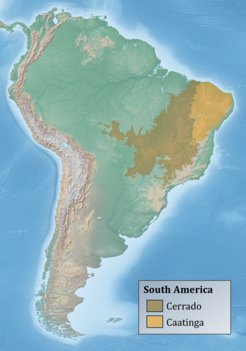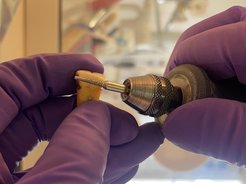Dietary Changes in Holocene Central-Eastern South America

Dietary practices are fundamental to understanding human interactions with the environment and the planet and their legacies on ecosystem dynamics. The Cerrado (tropical savanna-like) and Caatinga (semi-arid tropical forest) biomes of central-eastern South America have increasingly been recognized as environments influenced by the management practices of small-scale societies. However, the extent of long-term human influence on their ecological dynamics remains poorly understood. Today, these ecosystems face severe threats from agricultural commodity expansion, droughts driven by global warming, and insufficient conservation policies.
This project investigates dietary changes throughout the Holocene using stable isotope analysis (δ13C, δ15N and δ18O) from human and faunal archaeological remains from the Cerrado and Caatinga. It specifically examines shifts in reliance on plant and animal resources and their relationship to the introduction of domesticated resources (e.g. maize). Additionally, it explores how dietary transitions align with major environmental, socioeconomic and settlement changes, including shifts in material culture, economy, and social organization across early, middle and late Holocene in eastern South America.
This project is part of a PhD research internship at the MPI-GEA, and co-funded by the São Paulo Research Foundation (FAPESP, Brazil).














